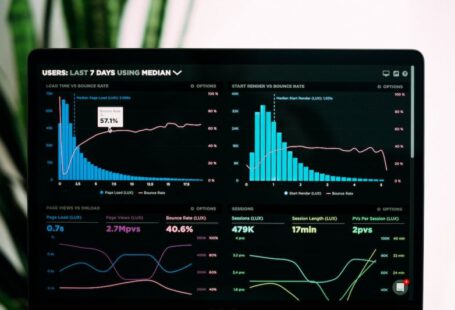The rapid advancement of technology has led to the rise of wearable devices, such as smartwatches, fitness bands, and augmented reality glasses. These devices have become an integral part of our daily lives, offering convenience, connectivity, and access to information at our fingertips. As wearable technology continues to evolve, it is crucial for UX designers to adapt their strategies and approaches to ensure an optimal user experience. In this article, we will explore the key considerations and challenges that UX designers face when designing for wearable technology and provide insights on how they can adapt their design practices to meet these challenges.
Understanding the Context of Use
One of the main challenges in designing for wearable technology is understanding the context in which these devices are used. Unlike traditional devices such as smartphones or laptops, wearables are often used in highly mobile and dynamic environments. UX designers need to consider factors such as the user’s physical activity, location, and the tasks they are trying to accomplish when designing for wearables. By gaining a deep understanding of the context of use, designers can create interfaces that are intuitive, efficient, and provide the right information at the right time.
Simplifying the User Interface
Another challenge in designing for wearables is the limited screen size and input capabilities of these devices. UX designers need to simplify the user interface and prioritize the most important information and functionalities. This requires careful consideration of the user’s goals and the tasks they are trying to accomplish. By focusing on essential features and minimizing distractions, designers can create interfaces that are easy to navigate and interact with, even on small screens.
Leveraging Gestural and Voice Interfaces
Given the limited input capabilities of wearable devices, UX designers need to explore alternative input methods such as gestures and voice commands. These interfaces can provide a more natural and intuitive way for users to interact with their devices. Designers should consider the ergonomics of gestures and voice commands, ensuring that they are easy to perform and understand. By leveraging these input methods, designers can enhance the user experience and make interactions with wearables more seamless and efficient.
Seamless Integration with the User’s Environment
One of the unique aspects of wearable technology is its ability to seamlessly integrate with the user’s environment. For example, fitness bands can track the user’s activity levels and provide personalized feedback and recommendations. UX designers need to leverage this integration to create experiences that are personalized and contextually relevant. By leveraging sensors and data from the user’s surroundings, designers can provide timely and meaningful information that enhances the user’s overall experience.
Designing for Different Form Factors
Wearable technology comes in various form factors, including smartwatches, fitness bands, and augmented reality glasses. Each form factor presents its own set of design challenges and considerations. UX designers need to adapt their design practices to account for these differences. For example, designing for a smartwatch requires a different approach than designing for augmented reality glasses. Designers should consider factors such as display size, input capabilities, and the user’s field of view when designing for different form factors.
In conclusion, UX designers need to adapt their strategies and approaches to meet the challenges posed by the rise of wearable technology. By understanding the context of use, simplifying the user interface, leveraging alternative input methods, integrating with the user’s environment, and designing for different form factors, designers can create compelling and intuitive experiences for wearable devices. As wearable technology continues to evolve, UX designers will play a crucial role in ensuring that these devices provide a seamless and enjoyable user experience.





